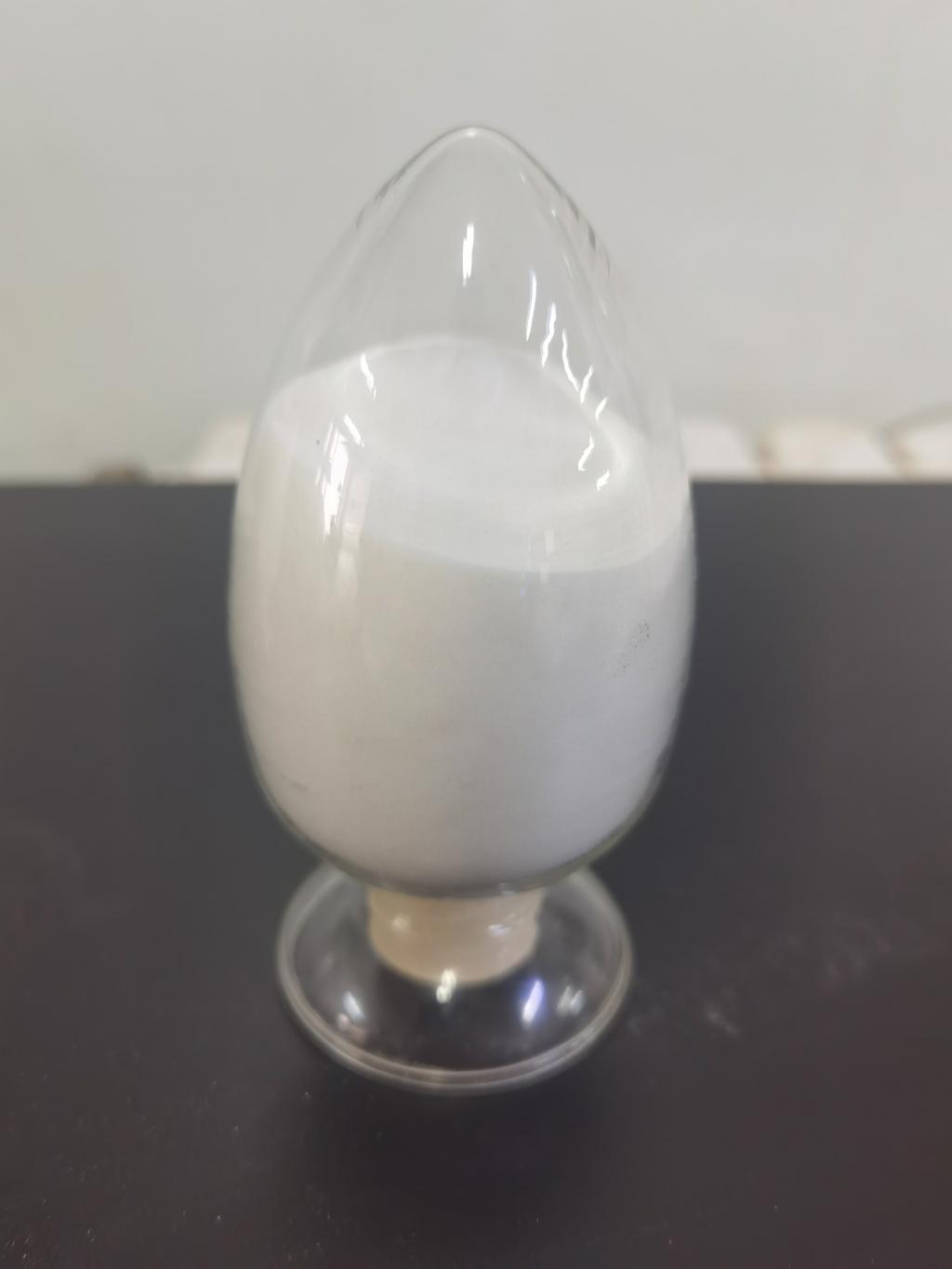Tel:+8618231198596

News
 CONTACT
CONTACT
 CONTACT
CONTACT
- Linkman:Linda Yao
- Tel: +8618231198596
- Email:linda.yao@dcpharma.cn
- Linkman:CHARLES.WANG
- Department:Overseas
- Tel: 0086 0311-85537378 0086 0311-85539701
News
Harnessing ε-Polylysine hydrochloride for controlling microbial contamination in cosmetics.
TIME:2024-04-16
Origins and Production:
ε-Polylysine hydrochloride is a cationic polypeptide derived from microbial fermentation, typically using strains of Streptomyces albulus or other suitable microorganisms. During fermentation, ε-PL is synthesized as a water-soluble polymer composed of multiple lysine residues linked by peptide bonds. The fermentation broth is then purified, and ε-PL is converted into its hydrochloride salt form for use as an antimicrobial agent in cosmetics.
Properties and Mechanisms of Action:
ε-PL exhibits several properties that make it well-suited for controlling microbial contamination in cosmetics:
Antimicrobial Activity:
ε-PL exerts its antimicrobial effects by disrupting the cell membranes of target microorganisms, leading to cell lysis and death. It demonstrates selective activity against a wide range of bacteria and fungi commonly found in cosmetic formulations, including species of Staphylococcus, Pseudomonas, Candida, and Aspergillus.
Stability:
ε-PL is stable over a broad range of pH values and temperatures, making it suitable for use in various cosmetic formulations, including creams, lotions, serums, and emulsions. It retains its antimicrobial efficacy even under conditions of heat, light, and prolonged storage, ensuring consistent performance in cosmetic products.
Compatibility:
ε-PL is compatible with a variety of cosmetic ingredients, including emollients, surfactants, thickeners, and preservatives. It can be easily incorporated into cosmetic formulations without affecting product stability, texture, or sensory attributes.
Applications in Cosmetic Formulations:
ε-Polylysine hydrochloride offers versatile applications in controlling microbial contamination in various types of cosmetic formulations:
Skincare Products:
In skincare formulations such as creams, lotions, and serums, ε-PL helps prevent microbial growth and spoilage, thereby maintaining product safety and stability throughout shelf life. It can be added during the formulation process or incorporated into preservative systems to enhance microbial protection.
Color Cosmetics:
Color cosmetics, including foundations, eyeshadows, and lipsticks, are susceptible to microbial contamination due to their high water content and nutrient-rich composition. ε-PL can be used to inhibit microbial growth in these products, ensuring microbiological safety and prolonging product freshness.
Hair Care Products:
Hair care products such as shampoos, conditioners, and styling gels are also prone to microbial contamination, particularly in aqueous formulations. ε-PL can be incorporated into these products to prevent microbial growth and maintain product integrity during storage and use.
Personal Care Products:
Personal care products, including deodorants, antiperspirants, and intimate hygiene products, require effective antimicrobial protection to prevent bacterial and fungal growth. ε-PL offers a natural and safe solution for controlling microbial contamination in these products, ensuring consumer safety and satisfaction.
Benefits and Challenges of ε-Polylysine Hydrochloride in Cosmetics:
The use of ε-PL as an antimicrobial agent in cosmetics offers several benefits:
Enhanced Product Safety: ε-PL effectively inhibits the growth of bacteria and fungi, reducing the risk of microbial contamination and product spoilage.
Extended Shelf Life: By controlling microbial growth, ε-PL helps prolong the shelf life of cosmetic products, minimizing product waste and optimizing inventory management.
Natural Origin: ε-PL is derived from microbial fermentation and is considered a natural ingredient, aligning with consumer preferences for clean label cosmetics.
However, there are challenges associated with the use of ε-PL in cosmetics:
Regulatory Considerations: Regulatory approval for the use of ε-PL as a cosmetic ingredient may vary between regions, requiring compliance with specific regulations and maximum allowable levels.
Formulation Compatibility: ε-PL may interact with certain cosmetic ingredients or formulations, affecting product stability, texture, or sensory attributes. Compatibility testing is necessary to ensure optimal performance.
Future Prospects and Innovations:
The future of ε-polylysine hydrochloride in cosmetics holds several opportunities for innovation and advancement:
Formulation Optimization:
Optimizing ε-PL formulations and delivery systems to maximize antimicrobial efficacy while minimizing potential interactions with other cosmetic ingredients.
Combination Approaches:
Exploring synergistic combinations of ε-PL with other natural antimicrobial agents or preservation techniques to enhance microbial protection and broaden the spectrum of antimicrobial activity.
Consumer Education:
Increasing consumer awareness and acceptance of ε-PL as a safe and effective antimicrobial agent in cosmetics through education initiatives and transparent communication strategies.
Conclusion:
ε-Polylysine hydrochloride represents a promising solution for controlling microbial contamination in cosmetics, ensuring product safety, quality, and shelf life. Its potent antimicrobial properties, stability, and compatibility make it a valuable asset in the cosmetics industry's quest for innovative preservation methods. By harnessing the unique benefits of ε-PL and addressing existing challenges, cosmetic manufacturers can continue to deliver safe, high-quality products that meet consumer expectations for efficacy, safety, and sustainability.
- Tel:+8618231198596
- Whatsapp:18231198596
- Chat With Skype







